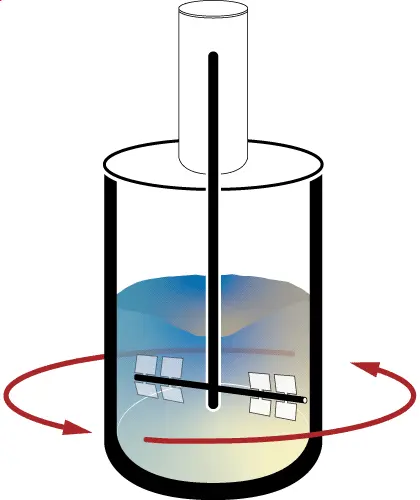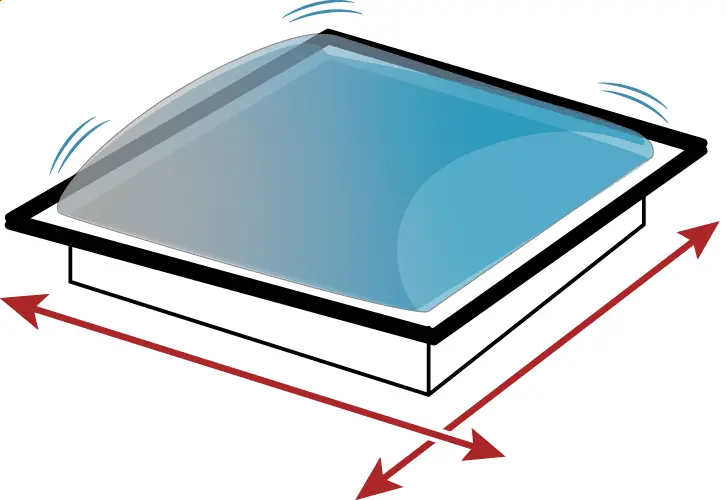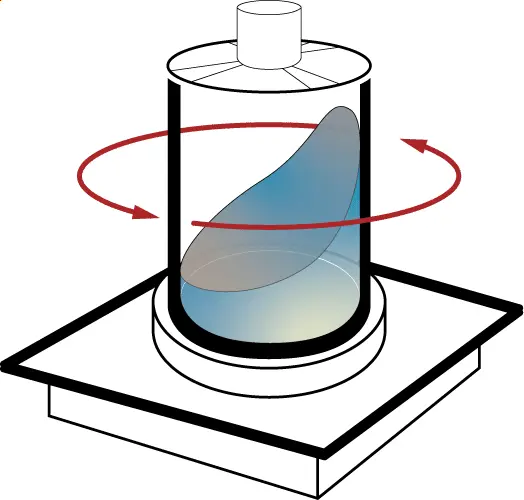Shakers, Rockers, and Stirred Tank Bioreactors – Advantages of Each
Stirred tank bioreactors

Advantages
Disadvantages
Rocker bioreactors

Advantages
Disadvantages
Shaker bioreactors

Advantages
This approach to mixing also mitigates shear stress, making it well suited for mammalian cell cultures.
Shaker bioreactors, not shaker flasks
Disadvantages
What bioreactor type should I use?
Depending on the production volumes needed and the scale‑up plan, different types of bioreactors will likely be more or less advantageous during different development phases. Choosing bioreactors that are optimized for each development phase is a solid strategy. However, it may be viable to instead choose a bioreactor which is not well suited for a early phases but can easily scale from lab to manufacturing scale.